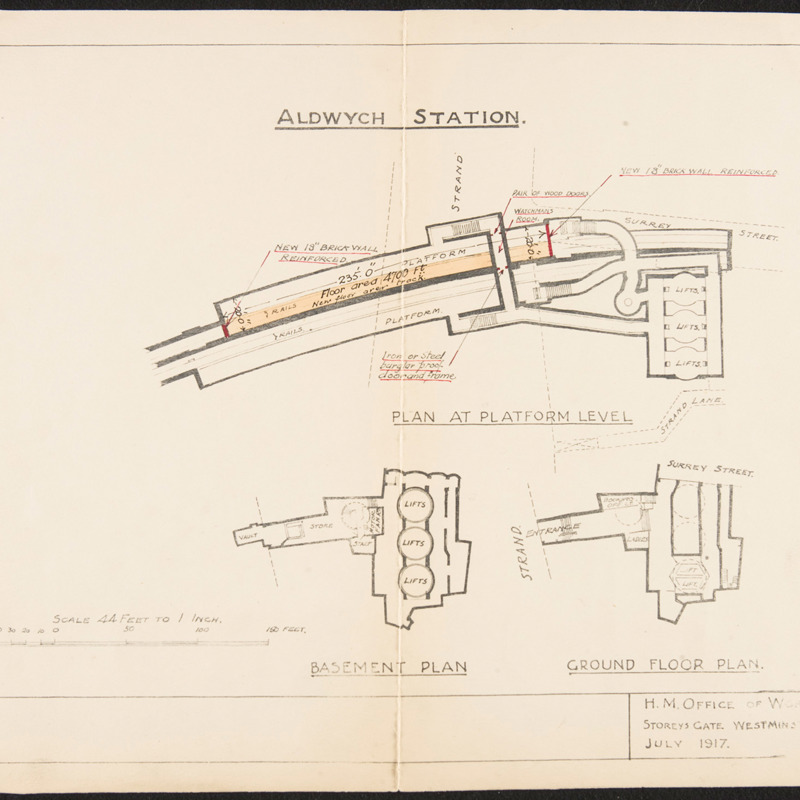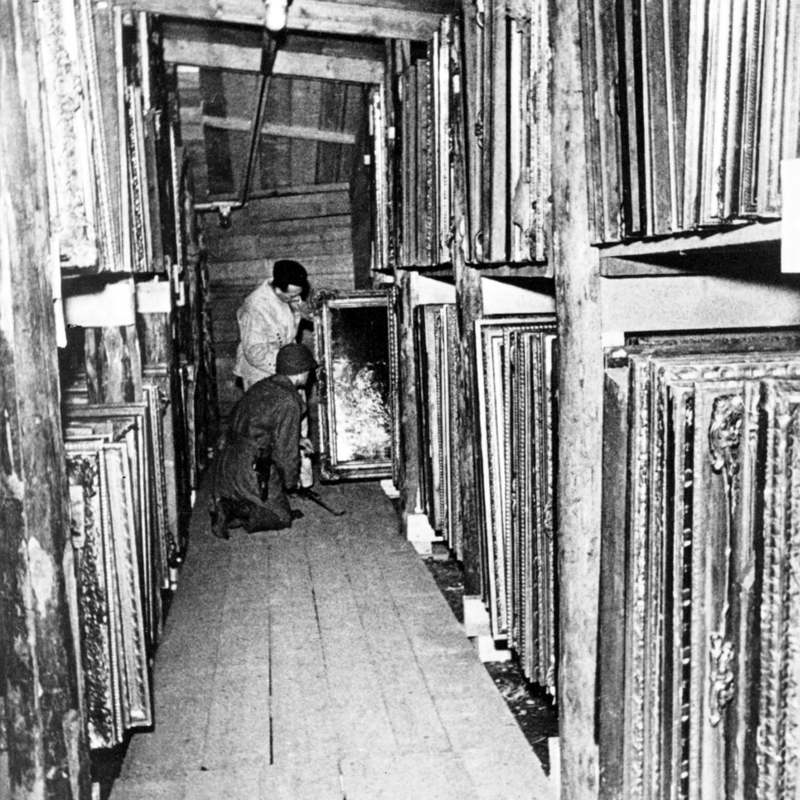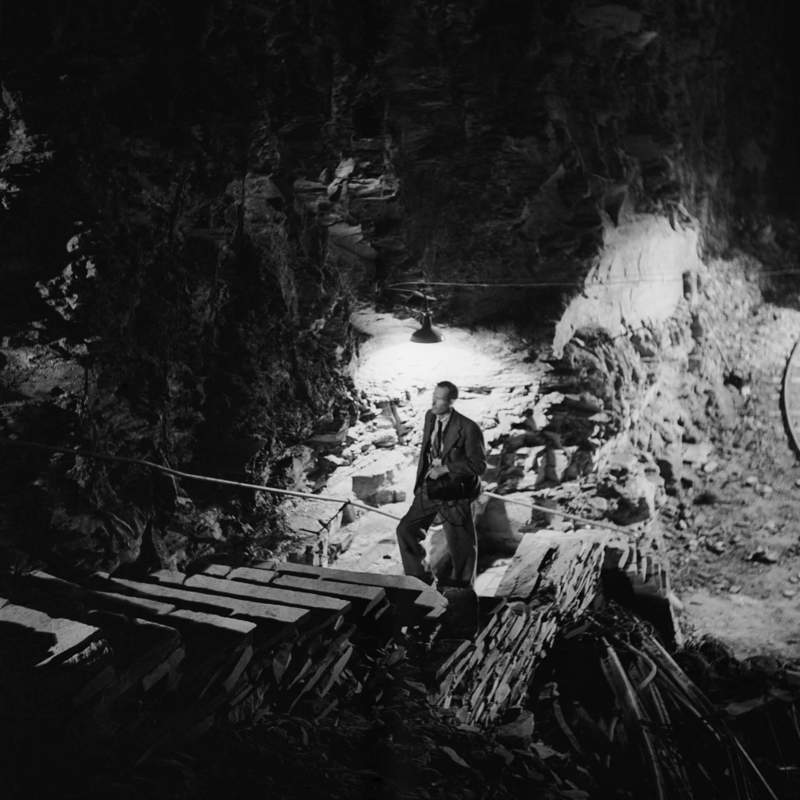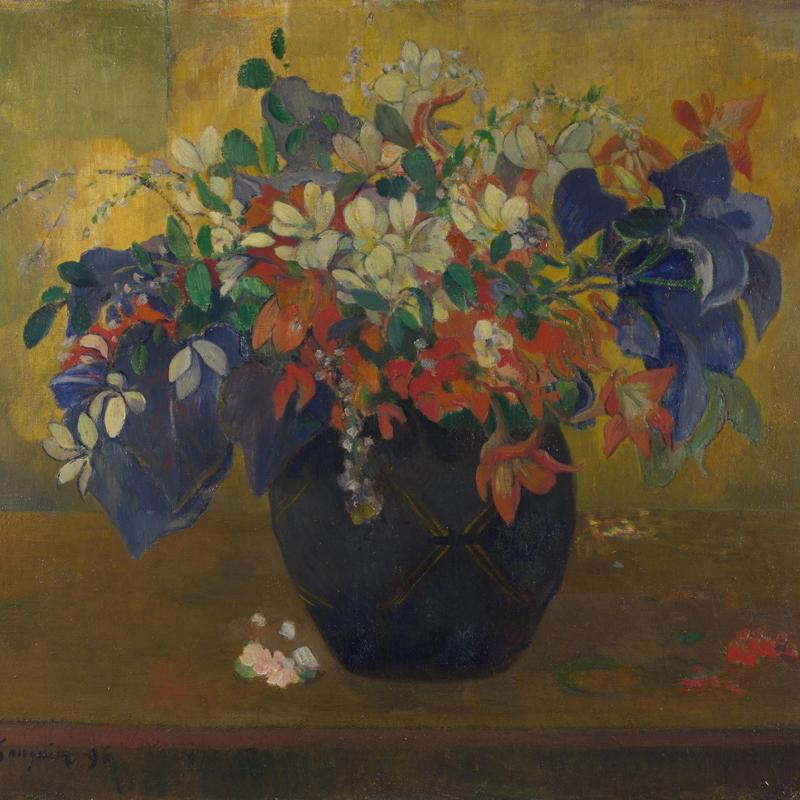Music in wartime
How Myra Hess brought concerts to the National Gallery during the Second World War
Myra Hess was a pianist and skilled musician, filling concert halls on both sides of the Atlantic. Yet she is perhaps best known for her wartime concerts at the National Gallery. Hess's initiative brought the public together for moments of joy during difficult times and the legacy of the concerts is still celebrated today. Let’s look back at the history of how they began.
Bringing an empty Gallery back to life
As the Second World War loomed, staff quickly put together a plan to move the National Gallery’s paintings to a safer location. By September 1939, the entire collection had been evacuated to a number of locations across England and Wales. Wanting to keep culture alive in the Gallery, people began to think of alternative ways to use the empty space. Art dealer Lillian Browse organised exhibitions of contemporary and modern works of art on loan from private collectors.
Years into the war, another idea came from sculptor, and later President of the Royal Academy, Charles Wheeler. In a letter to ‘The Times’ newspaper in January 1942, he suggested bringing a single key painting back to the Gallery each month for the public to see on display. The first painting of the month was ‘Noli me Tangere’ by Titian. This monthly tradition lives on today through our website and social media channels.
A team effort
While only men were drafted to fight in the Second World War, many women became the driving force behind projects happening at home. The famous pianist Myra Hess pitched an idea to host concerts in the empty Gallery. Kenneth Clark, the Director at the time, thought this was a brilliant idea to see ‘the Gallery being used again for its true purpose, the enjoyment of beauty.’
It was a true collective effort as Hess rallied her team. This included composer Howard Ferguson, who helped with programming. Hess’s niece Beryl Davies assisted with communications and Hess’s agents, Ibbs & Tillett, booked the musicians and managed the advertising. Along with the help of the Gallery staff, by 10 October 1939, the stage was set.
Queues around the block
The concerts took place every lunchtime Monday to Friday and quickly became so popular that you could see people queuing around the side of the building. To keep the events informal, it was decided not to have a booking system. You could walk in and out as you pleased and even bring your own lunch to eat.
Less than a month after the concerts started, a canteen was set up in the Gallery. This was the idea of Lady Irene Gater, an audience member at the first concert. The canteen was run by volunteers, including actress Joyce Grenfell, who later wrote: ‘We made sandwiches that became justly famous for being complementary to the music.’ The money made by the canteen was given to wartime charities, with over £45,000 (over £3.6 million today) raised by 1945.
The daily concerts lasted for six-and-a-half years during the war. Today, their legacy lives on as visitors continue to enjoy live music and performances at the Gallery. Myra Hess is still celebrated with concerts named after her, held in the Barry Rooms every year.








